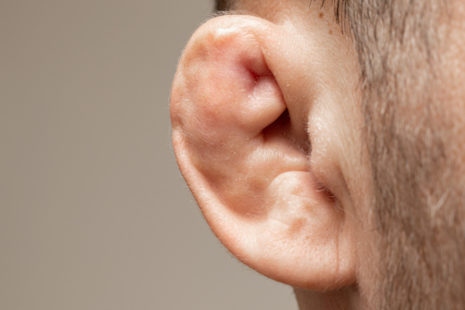Fascia, the connective tissue surrounding muscles, bones, and organs, plays a crucial role in our overall mobility and well-being. When fascia becomes tight or damaged, it can lead to pain, restricted movement, and a host of other issues. This blog post delves into the world of fascial health and the therapeutic benefits of massage for maintaining and improving the condition of your fascia.
Understanding Fascia
Fascia is a network of connective tissue that penetrates throughout the body in a three-dimensional web from head to toe. It provides support and flexibility to all structures within the body. Healthy fascia is supple and elastic, allowing for smooth movement and flexibility. Nevertheless, factors like injury, inflammation, and lack of activity can cause the fascia to become tight, restricted, and a source of pain.
How Massage Helps
1. Increases Flexibility and Mobility
Massage techniques specifically targeting the fascia, such as myofascial release, can help increase tissue flexibility and restore mobility. These techniques often involve gentle, sustained pressure on the fascial connective tissues to eliminate pain and restore motion.
2. Reduces Pain
Tight fascia can cause significant discomfort and pain. Massage helps by releasing tension and restrictions in the fascia, leading to a reduction in pain. This is particularly beneficial for conditions like fascial adhesions and fibromyalgia.
3. Improves Blood and Lymphatic Circulation
Massage stimulates blood flow and improves lymphatic circulation. This enhanced circulation can help with the removal of toxins from the body and promote the healing of tissues, including the fascia.
4. Promotes Relaxation and Stress Reduction
Beyond its physical benefits, massage induces relaxation and reduces stress levels, which can indirectly benefit fascial health. Stress can lead to muscle tension and fascial tightness, so reducing stress through massage can prevent these issues.
5. Supports Post-Injury Healing
After an injury, the body often responds by tightening the fascia around the affected area. Massage can help break up scar tissue and facilitate the healing process, ensuring that the fascia remains flexible and doesn’t impede recovery.
Conclusion
Massage therapy offers significant benefits for the health of your fascia, including improved flexibility, pain relief, enhanced blood circulation, and support for the healing process. By incorporating regular massage sessions into your wellness routine, you can maintain healthier fascia, which is essential for mobility, comfort, and overall physical health.
While massage can be a powerful tool for fascial health, it’s necessary to consult with a healthcare professional if you’re experiencing chronic pain or have a specific medical condition. A tailored approach to massage therapy, possibly in conjunction with other treatments, can provide the best results for your fascial health and overall well-being.




